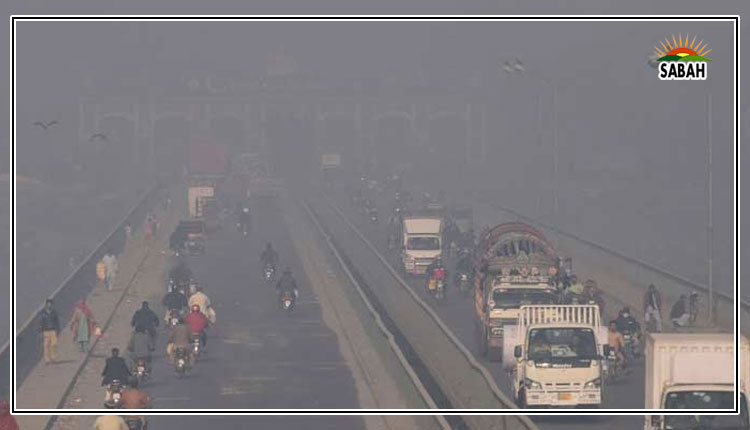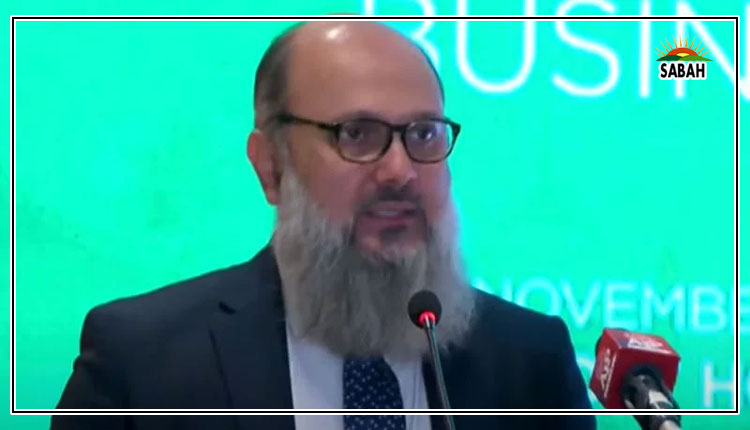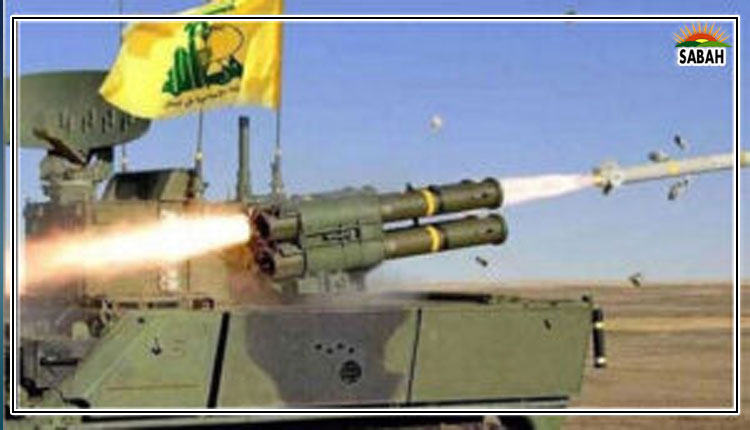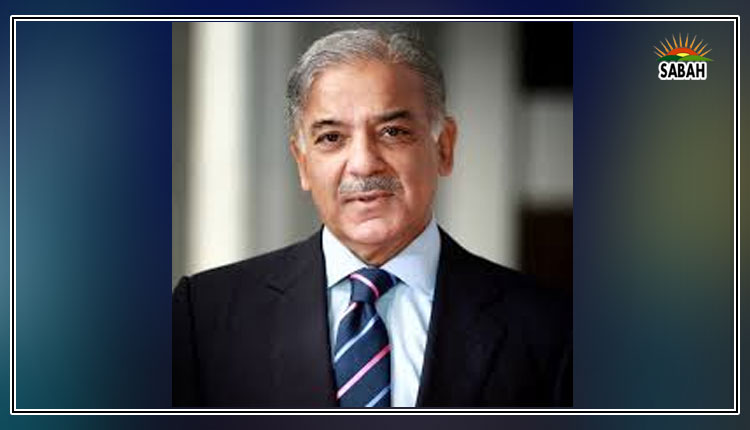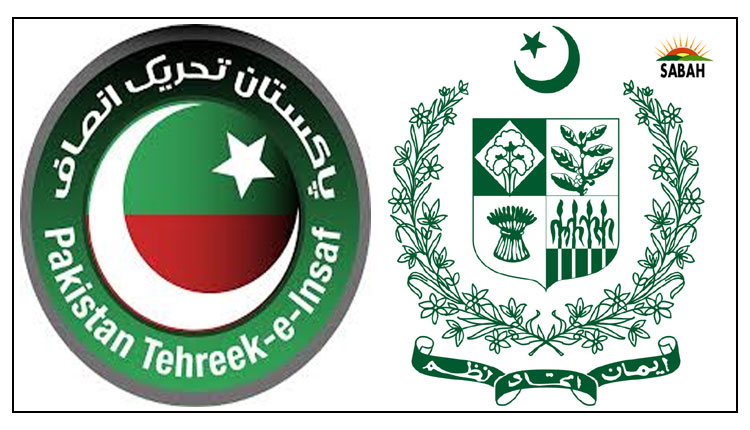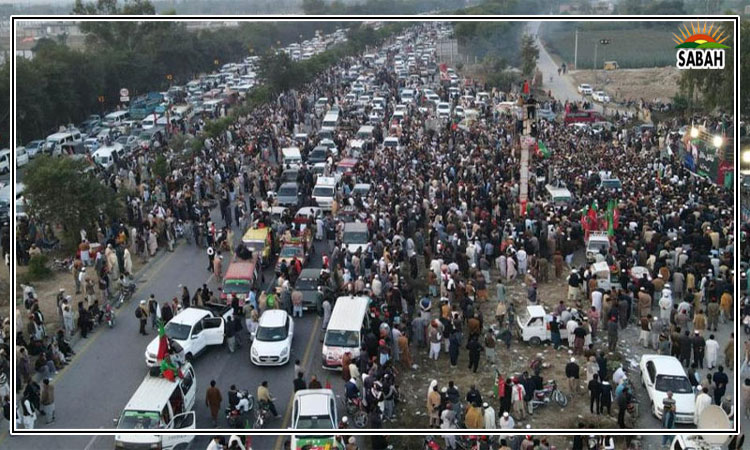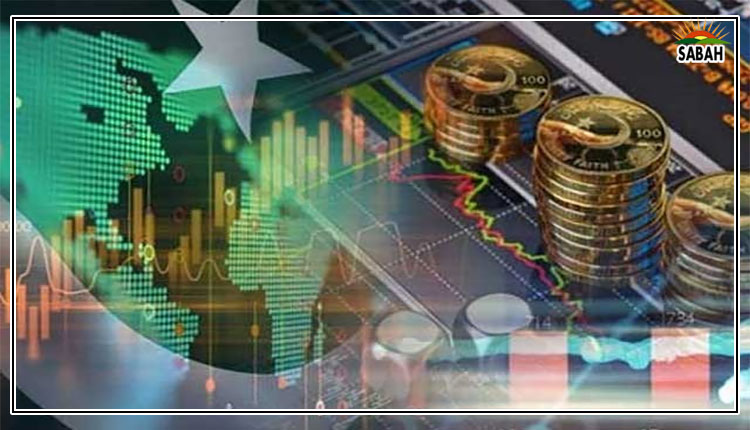Pakistan is optimistic about economic outlook of country during second half of this fiscal year 2023-24
ISLAMABAD, Dec 29 (SABAH): Pakistan is optimistic about the economic outlook of the country during the second half of this fiscal year 2023-24.
Inflation is anticipated to remain around 27.5 to 28.5 percent in December 2023 and further to ease out to 24 percent to 25 percent in January 2024.
The recently issued, Monthly Economic Update and Outlook December 2023, reveals that despite significant challenges, the overall economic outlook is optimistic marked by receding inflationary pressures, positive prospects in agriculture, signs of potential recovery in the industrial sector, reflected by positive trends in high frequency indicators, increased imports, and favorable external environment.
The monthly report suggests that, agriculture targets for this fiscal year are expected to be met as agriculture sector lending have increased from Rs.507.8 billion in the last fiscal year to Rs.681.6 billion during the July-November period of this fiscal year.
For the Rabi season 2023-24, wheat crop has been cultivated on an estimated area of 8.733 million hectares against the target of 8.998 million hectares to achieve the production target of 32.3 million tons. Punjab has surpassed its sowing target (6.475 million hectares) by 2 percent to 6.592 million hectares, while in other provinces it is in progress. The farm inputs use is on upward trend. The farm tractor production and sales showed growth of 60.7 percent (20,937) and 98.2 percent (20,806), respectively during Jul-Nov fiscal year 2024 over the corresponding period last year.
Although the credit to the industrial sector of the country during July-November period of this fiscal year, witnessed a negative Rs.64.2 billion as compared to Rs.40.3 billion during the same period of last fiscal year, the report suggests.
According to the report, during Jul-Oct FY2024, 12 out of 22 sectors witnessed positive growth. These include, Food, Beverages, Coke & Petroleum Products, Wearing apparel, Leather, Chemicals, Pharmaceuticals, Non-Metallic Mineral Products, Rubber Products, Fabricated Metals, Machinery and Equipment, and others (Football). In Jul-Nov FY2024, the performance of auto-industry remains subdued due to massive increases in inputs prices, and tightened auto finance. Car production and sale decreased by 58.1 percent and 53.3 percent, while Trucks & Buses production and sale decreased by 56.1 percent and 47.2 percent. However, Tractor’s production and sale increased by 60.7 percent and 98.2 percent
On the external front, the current account posted a deficit of $ 1.16 billion for Jul-Nov FY2024 against a deficit of $ 3.3 billion last year, largely reflecting an improvement in trade balance. Exports (fob) increased by 5.0 percent and reached $ 12.5 billion ($ 11.9 billion last year). Imports (fob) declined by 16.0 percent reaching $ 21.3 billion ($ 25.3 billion last year). Resultantly, the trade deficit recorded at $ 8.8 billion as against $ 13.4 billion last year
Pakistan has received $694.8 billion foreign investment during July-November period of this fiscal year as compared to the $575.5 million during the same period of this fiscal year, showing an increase of 8.1 percent. FDI received from China $ 232.7 million (35.5% share), Hong Kong $ 129.2 million (19.7 %), UK $ 88.1 million (13.4%), Netherland $ 41.8 million (6.4%), and Switzerland $ 33.3 million (5.1%). Power sector attracted the highest FDI of $ 333.5 million (50.8% of total FDI) followed by Oil & Gas exploration $ 79.1 million (12.0%), and Financial Business $ 71.1 million (10.8%).
Despite announcement of the special incentive package for the Overseas Pakistanis, total worker remittances have been recorded at $11 billion for this fiscal year as compared to the $12.3 billion for the same period of the last fiscal year. The authorities are expecting increased inflows of the worker’s remittances, by the implementation of the incentive package announced for increasing the remittances through banking channel.


